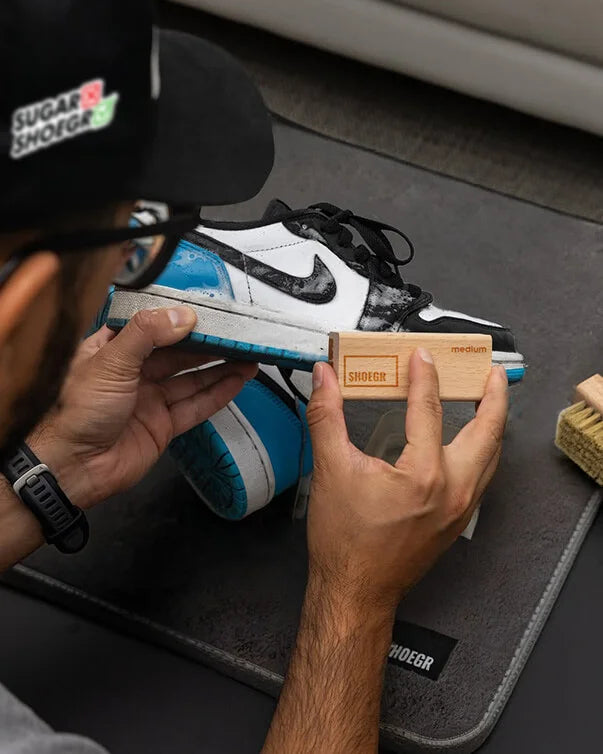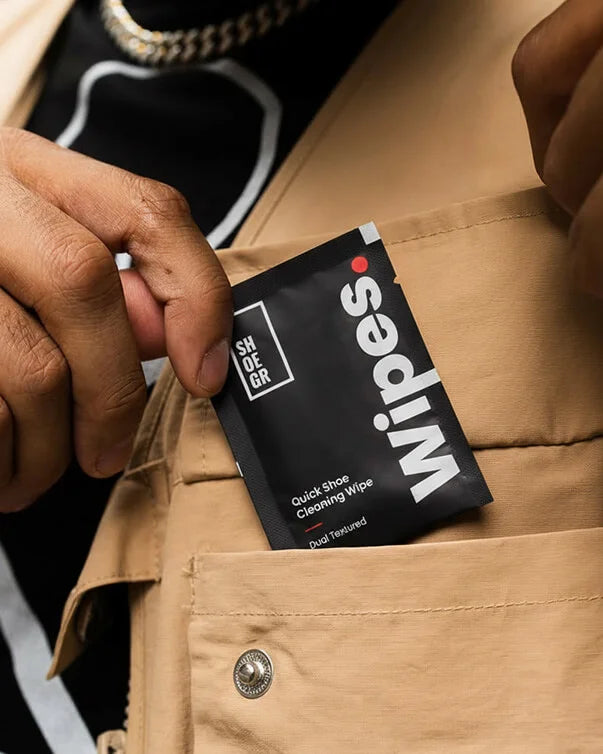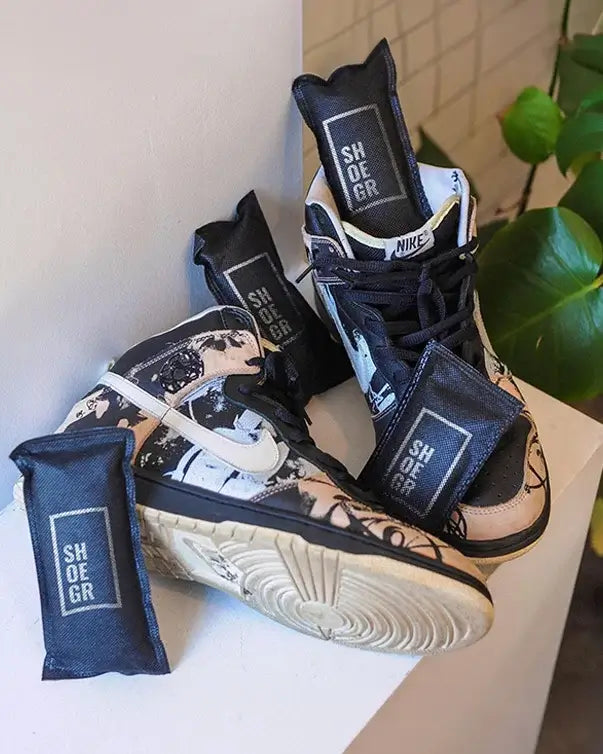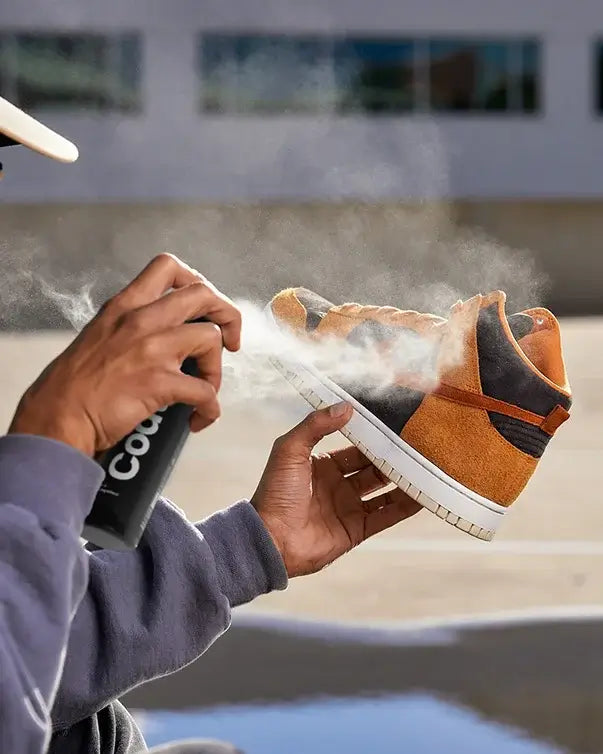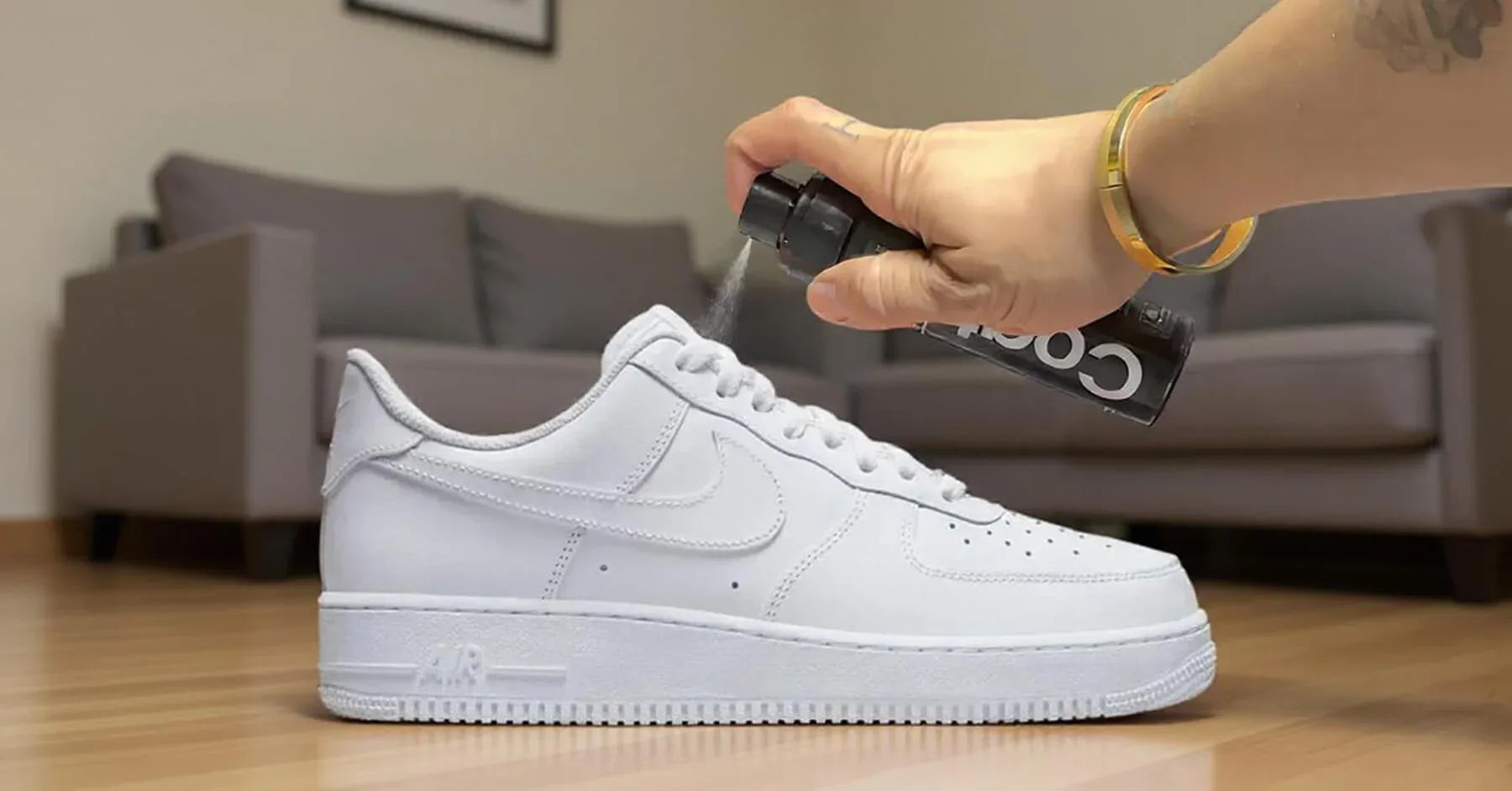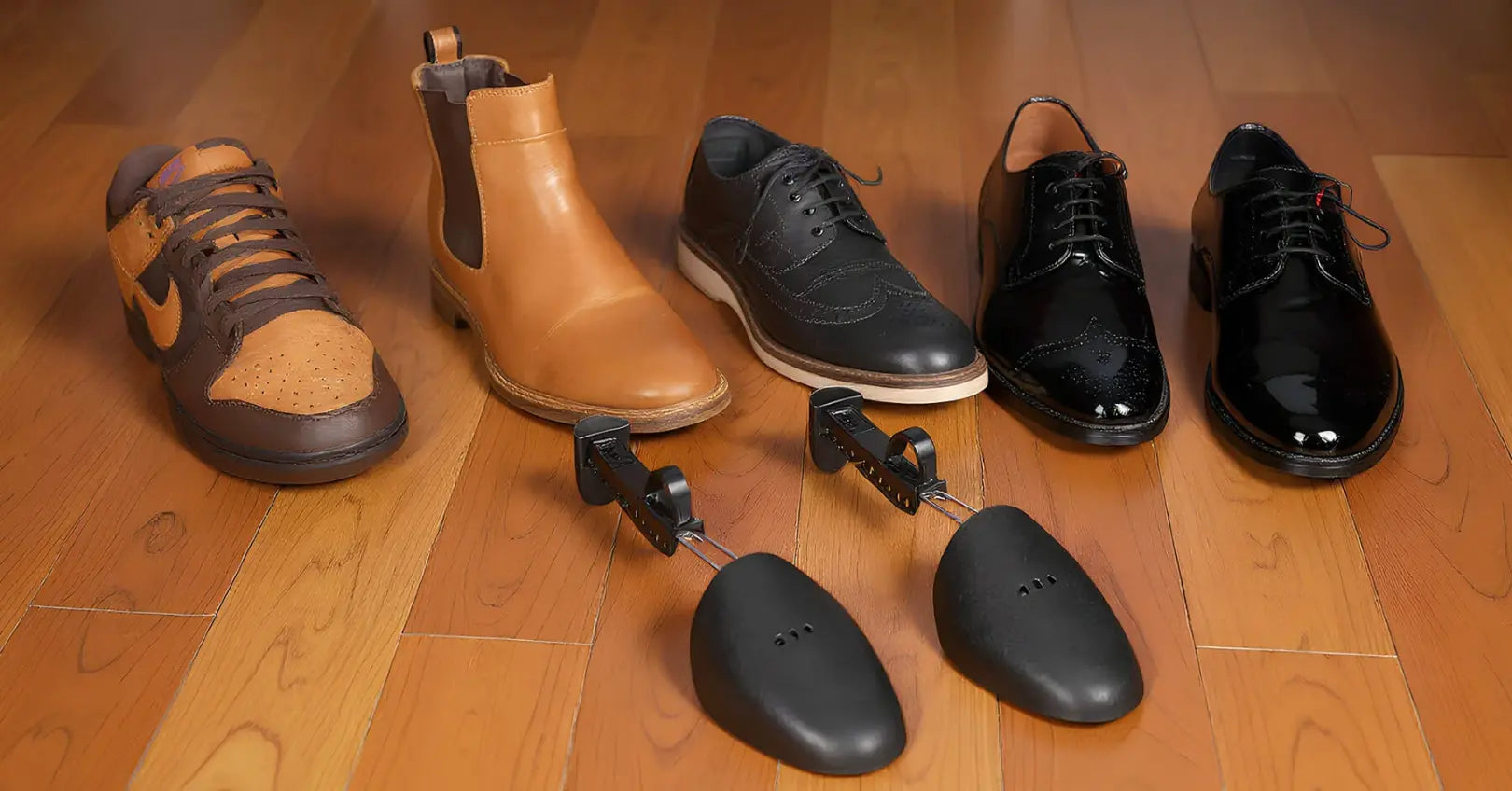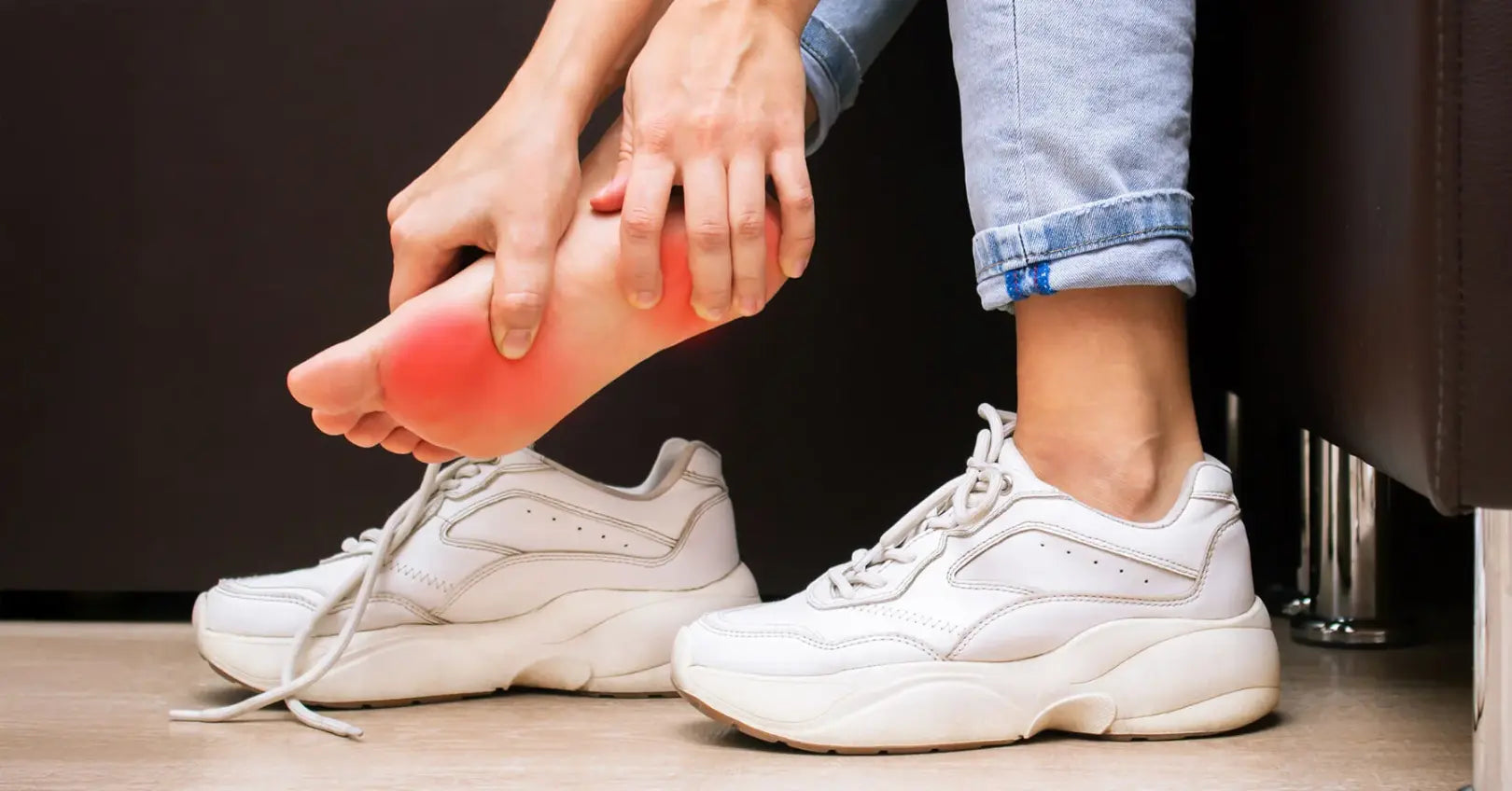
Wearing the wrong shoes may cause foot pain | SHOEGR Insights
Do your feet hurt after a long day, even if you haven’t walked much? Do you often take off your shoes and feel relief right away? If yes, then the shoes you wear might be the reason behind your foot pain. Many people ignore foot pain thinking it's normal, but the truth is—wearing the wrong shoes can harm your feet more than you think.
In this blog, we will talk about how the wrong shoes can hurt your feet, what signs you should watch out for, and how taking care of your shoes can also help.
How can the wrong shoes hurt your feet?
1. Poor arch support
Your foot has a natural arch that acts like a spring, supporting your body weight and absorbing shock. Shoes that don’t offer enough arch support—like cheap flats or worn-out sneakers—can flatten your arches over time. This often leads to conditions like plantar fasciitis (heel pain), especially in people who stand or walk a lot during the day.
2. Tight toe boxes
Shoes that squeeze your toes together can cause painful conditions like bunions, corns, hammertoes, and ingrown toenails. Pointed-toe shoes or high heels are common culprits. If your toes can’t move freely, it’s a red flag.
3. Lack of cushioning
If your shoes feel hard on the soles; heels and balls of your feet might be absorbing too much pressure. This can lead to joint pain and fatigue, especially if you walk or run frequently. Over time, the repetitive impact, without enough cushioning, can even cause stress fractures.
4. Wrong shoe size
Yes, shoe size matters more than you think. Wearing shoes that are too small can lead to blisters, cramping, or nail problems. Wearing shoes that are too big can make your feet slide around, causing friction, instability, and ankle sprains.
5. Worn out soles or insoles
Even a good pair of shoes can cause pain, if it’s past its prime. Once the insoles flatten or the tread wears out, you lose support, grip, and comfort. That’s why it’s important to replace shoes timely—especially athletic ones.
Signs that your shoes are hurting your feet
Still not sure if your shoes are the problem? Here are some common signs:
-
Pain in the heels or arches.
-
Blisters and calluses.
-
Red marks on your feet after removing shoes.
-
Toe pain or numbness.
-
Swelling in the feet or ankles.
If you notice any of these signs, it’s time to take action.
How to choose the right shoes?
Buying the right shoes is the first step to keeping your feet pain-free. Here are some easy tips:
-
Check the fit: Your shoes should feel snug but not tight. There should be some space (about a thumb's width) between your longest toe and the front of the shoe.
-
Choose the right material: Breathable materials like leather, knit, or mesh help prevent sweat and odor.
-
Look for cushioning: Make sure the sole is soft but firm, giving your feet a gentle cushion while you walk.
-
Go for arch support: Whether you have flat feet or high arches, arch support can make a big difference.
-
Try before you buy: Always walk around the store wearing both shoes before buying them.
Easy shoe care tips for happy feet
Even the best shoes need a little extra care to stay in great shape. The right shoe care products not only make your shoes last longer but also keep them comfortable and supportive. And when your shoes feel good, your feet stay healthier too. Here are a few useful things to keep in mind:
-
Insoles and arch support pads: If your shoes lack cushioning, these add extra comfort and help reduce foot pain—especially during long hours of wear.
-
Shoe stretchers or shoe trees: Got new shoes that feel a bit tight? Shoe trees gently expand them to improve the fit without damaging the shape or hurting your feet.
-
Shoe deodorizer spray: Foot pain often goes hand-in-hand with sweaty, smelly shoes. A quality shoe deodorizer keeps your footwear fresh and your feet happy.
-
Shoe cleaners and conditioners: Dirt, dust, and rough materials can make shoes uncomfortable. Regular cleaning and conditioning help maintain flexibility and softness.
Pro tip: Avoid tossing shoes in the washing machine unless they’re really dirty on the inside. Instead, use a shoe cleaning kit or shoe cleaning wipes for better, safer and long-lasting shoes.
-
Heel grips and cushions: These reduce pressure on the back of your heel and avoid blisters.
By taking a few extra minutes to care for your shoes, you're not just improving how they look—you're protecting your feet, your comfort, and your investment.
Simple foot care tips
In addition to choosing the right shoes and using shoe care products, here are some small habits that can help:
-
Stretch your feet daily – especially if you’ve been standing for a long time.
-
Soak your feet in warm water once in a while to relax the muscles.
-
Moisturize your feet to avoid dry, cracked skin.
-
Give your feet a break – don’t wear the same shoes every day. Rotate between pairs.
-
Use foot powder or sprays to keep them dry and avoid infections.
Final thoughts
Foot pain is not something you should ignore. The wrong shoes can cause more damage than you may think. But the good news is—by making small changes like choosing the right shoes and taking care of your feet, you can avoid most of these problems.
Your feet carry you through life, give them the comfort and care they deserve.

